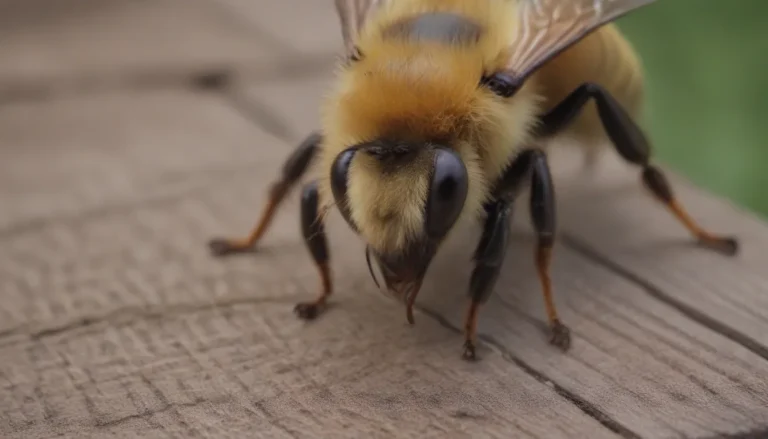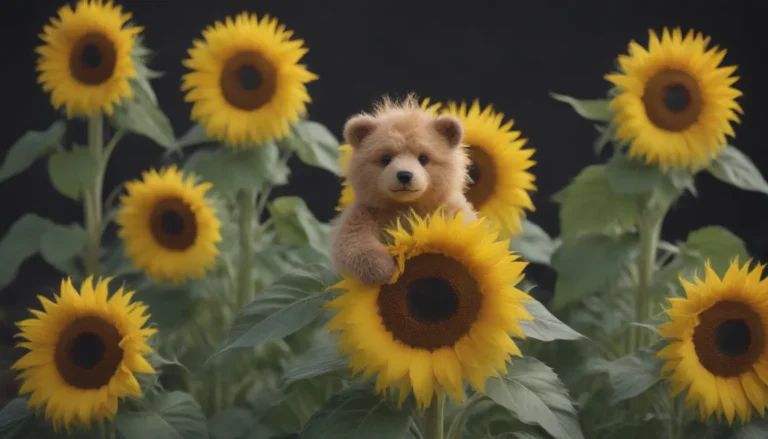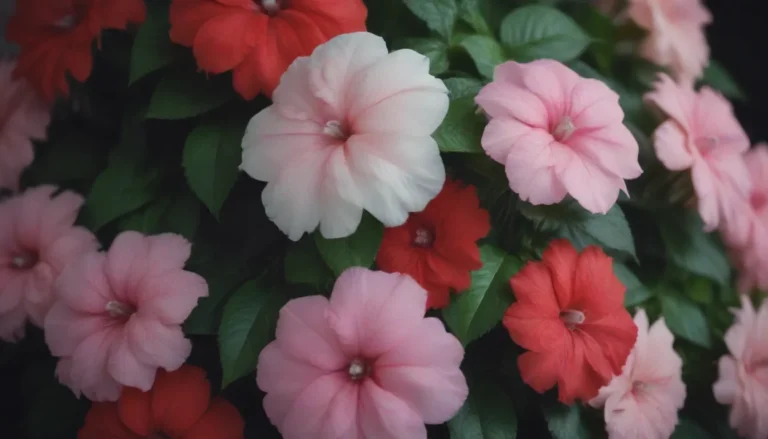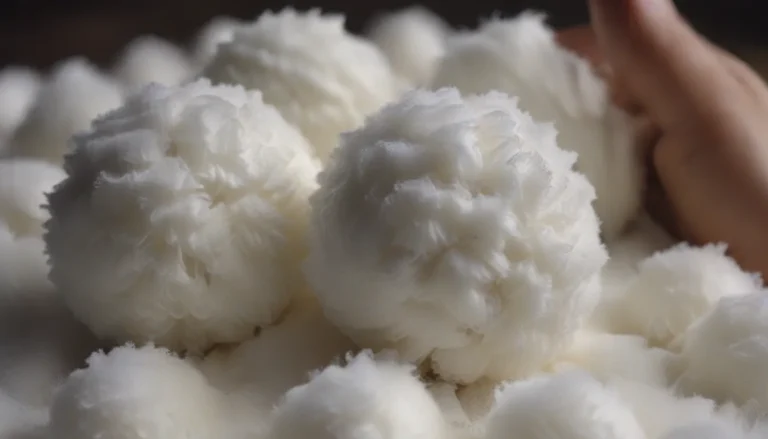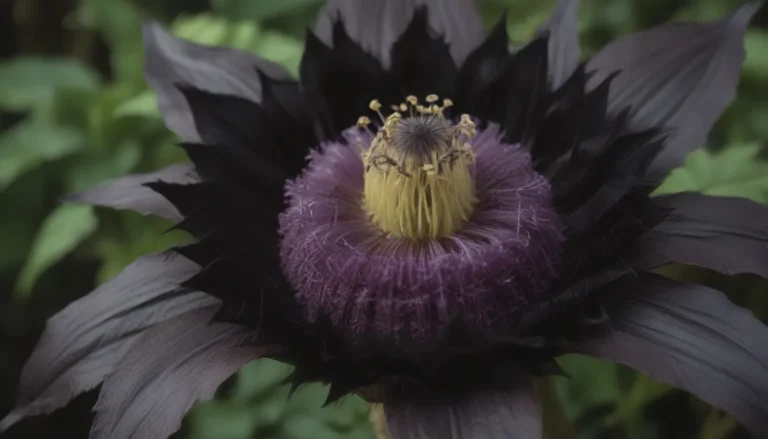The Ultimate Guide to Growing and Caring for Dill
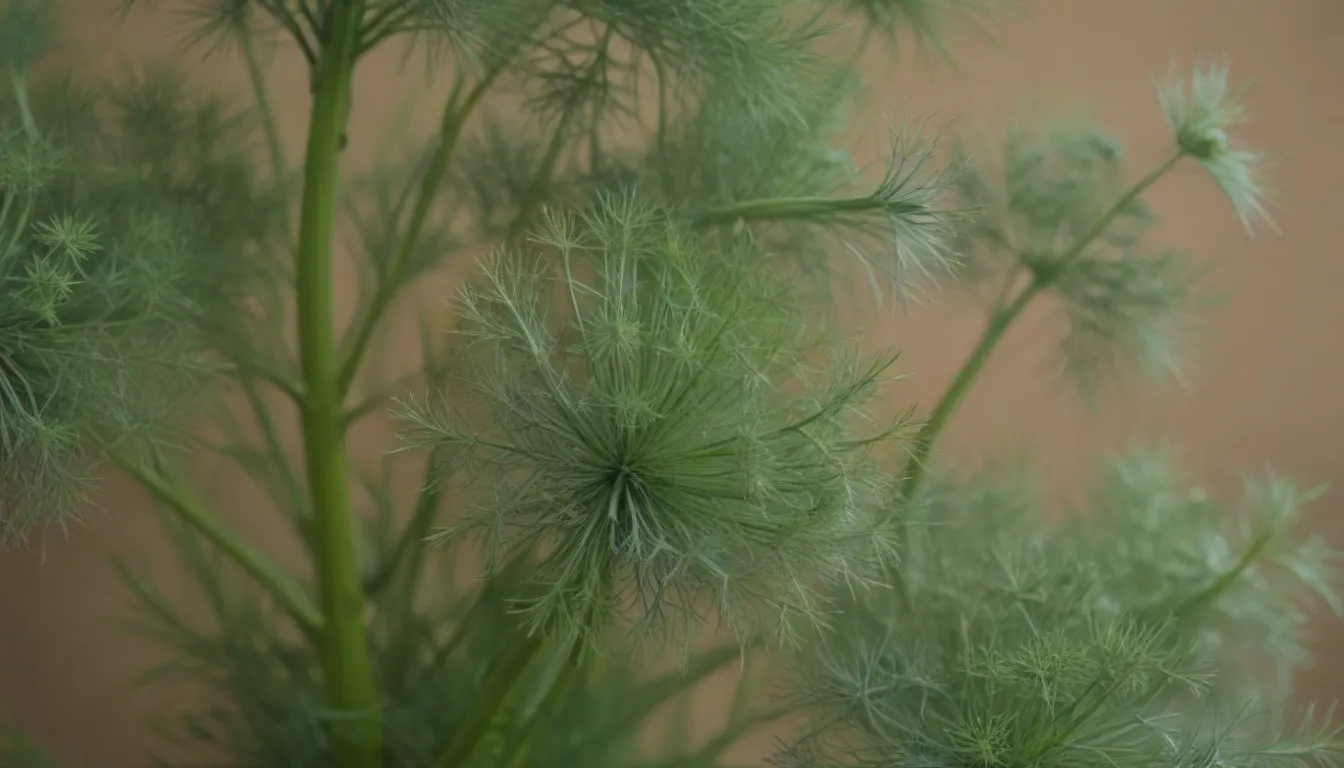
Dill is more than just a herb with a unique flavor – it’s a versatile plant that can be used in a variety of dishes and adds aesthetic appeal to your garden. In this comprehensive guide, we will walk you through everything you need to know about growing and caring for dill, from planting to harvesting and everything in between.
What is Dill?
Dill is a culinary herb with a flavor that is a blend of celery and fennel. Originally from Europe and Asia, dill is commonly used to season pickled foods and a wide range of dishes. Its feathery foliage can also serve as a decorative element in your garden, attracting pollinators like butterflies.
Planting Dill
- Soil: Dill thrives in rich, loose, and well-draining soil with a slightly acidic pH. Compacted soil can hinder the growth of dill.
- Light: Plant your dill in a location that receives full sunlight for at least six to eight hours a day. Some afternoon shade may be beneficial in hot climates.
- Water: Keep the soil consistently moist, but avoid overwatering which can cause the plant to bolt to seed prematurely.
- Temperature: Dill is cold-hardy and can survive temperatures as low as 25 degrees Fahrenheit. The optimal temperature for dill is around 70 degrees Fahrenheit.
- Fertilizer: Dill is not a heavy feeder and should not require additional fertilizer if the soil is rich in organic matter.
How to Plant Dill
Although you can purchase potted nursery starts, it is best to sow dill seeds directly in your garden. Dill has a long taproot that does not like to be disturbed, so it is best to sow the seeds directly into the soil. Dill seeds germinate best at soil temperatures between 60 and 70 degrees Fahrenheit, with seedlings appearing in 10 to 14 days.
Steps to Planting Dill:
- Direct sow dill seeds after the danger of frost has passed in spring.
- Plant the seeds about one inch deep, spacing them 12 to 15 inches apart.
- Dill responds well to pinching the growing tip to promote bushier growth.
- Harvest the leaves at any time, with dill generally blooming about eight weeks after sowing.
Types of Dill
There are several common varieties of dill to choose from, including dwarf varieties that are suitable for container gardening. Some popular varieties include:
- ‘Dukat’
- ‘Fernleaf’
- ‘Long Island Mammoth’
- ‘Mammoth’
Common Pests and Plant Diseases
Dill is a relatively low-maintenance plant, but it may attract some pests, such as yellow, green, and black caterpillars. These caterpillars are likely Eastern black swallowtail caterpillars that feed on dill plants. Rather than trying to eradicate them, consider planting extra dill to share. Dill also attracts beneficial insects like lacewings and syrphid flies, which feed on pests like aphids that can harm other plants in your garden.
By following these tips and guidelines, you can successfully grow and care for dill in your garden. Whether you’re a seasoned gardener or just starting out, dill is a great addition to any herb garden. So go ahead, plant some dill, and enjoy the fresh flavors and fragrances it brings to your dishes!

